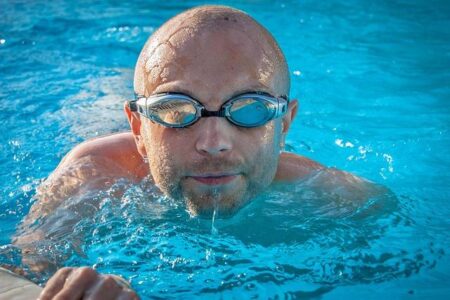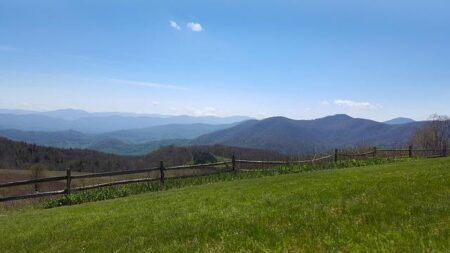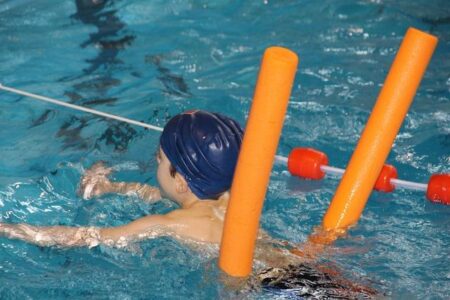Rangers successfully rescued a Bronx teenager who passed out after taking a dip in a swimming hole in the Catskills, authorities reported. The incident, which occurred earlier this week, prompted a swift response from emergency personnel who found the teen unconscious but stable. Details about the teenager’s condition and the circumstances leading up to the rescue are emerging as officials continue their investigation.
Rangers Respond to Emergency as Bronx Teen Passes Out at Catskills Swimming Hole
Emergency personnel swiftly responded after a Bronx teenager lost consciousness near a popular swimming hole in the Catskills. The teen, who had been enjoying a summer afternoon dip, suddenly passed out, prompting nearby visitors to call for immediate help. Park Rangers arrived on the scene within minutes, conducting a careful search and providing urgent medical attention to stabilize the teen before transporting them to a local hospital for further evaluation.
The incident serves as a reminder about the potential dangers of natural water sites, especially during peak recreational seasons. Officials emphasize the importance of swimming with caution and understanding the risks associated with cold-water shock, strong currents, and uneven underwater terrain. Authorities urge visitors to:
- Never swim alone and always stay within designated swimming areas
- Be aware of water temperature and its impact on the body
- Notify rangers or emergency services immediately if someone is in distress
| Emergency Response | Time Taken |
|---|---|
| Call received | 3:15 PM |
| Rangers dispatched | 3:16 PM |
| On scene arrival | 3:22 PM |
| Teen stabilized & transported | 3:40 PM |
Investigation into Safety Conditions at Popular Swimming Spots in the Catskills
Recent events have raised urgent questions about the safety measures in place at some of the Catskills’ most frequented swimming holes. Following a rescue operation involving a Bronx teenager who passed out after a swim, local authorities have begun a thorough examination of environmental hazards, water quality, and accessibility of emergency resources at these popular natural attractions. The teen’s condition, thankfully stable after the incident, underscores the necessity for enhanced signage, lifeguard presence, and public awareness campaigns to avoid similar emergencies in the future.
Experts and park rangers are collaborating to identify key risk factors, including strong currents, underwater obstacles, and fluctuating water temperatures. Recommendations currently under review include:
- Improved safety signage emphasizing danger zones and swimming restrictions.
- Installation of emergency call stations in remote swimming spots.
- Regular water quality testing to monitor contamination and bacterial risks.
- Community education programs focusing on safe swimming practices and hazard recognition.
| Risk Factor | Current Status | Proposed Action |
|---|---|---|
| Strong Currents | Moderate | Mark danger zones with buoys |
| Emergency Access | Limited | Install call stations every mile |
| Water Contamination | Variable | Monthly water testing |
| Public Awareness | Insufficient | Launch seasonal safety campaigns |
Recommendations for Hikers and Swimmers to Prevent Drownings and Heat-Related Incidents
Preparation is key when venturing into natural swimming holes or embarking on challenging hikes. Experts emphasize the importance of staying hydrated before, during, and after outdoor activities to prevent heat exhaustion and dehydration. It’s advised to carry plenty of water and consume electrolyte-rich snacks to maintain energy levels. When swimming, never dive into unfamiliar waters; hidden rocks and variable depths can lead to dangerous situations. Always swim with a buddy and avoid alcohol consumption, which impairs judgment and physical response times.
Practical safety measures include:
- Wearing lightweight, breathable clothing and a wide-brimmed hat to reduce sun exposure.
- Taking frequent breaks in the shade during hikes to monitor for signs of overheating or fatigue.
- Familiarizing yourself with the area, including designated swimming spots and emergency access points.
- Informing someone about your itinerary and expected return time.
| Symptom | Action |
|---|---|
| Dizziness or Faintness | Stop activity, rest in shade, hydrate immediately |
| Muscle Cramps | Stretch affected muscles, drink fluids with electrolytes |
| Confusion or Unresponsiveness | Call emergency services immediately |
Being aware of these guidelines can greatly reduce the risk of emergencies like the recent rescue in the Natural swimming hole incident. Always prioritize safety by preparing thoroughly and recognizing early warning signs.
To Conclude
The quick response of the New York State Forest Rangers played a crucial role in ensuring the safety of the Bronx teenager following the incident at the Catskills swimming hole. Authorities continue to remind visitors to exercise caution when engaging in outdoor water activities and to be prepared for unexpected emergencies. The rescued teen has been transported to a nearby medical facility for evaluation and treatment. Further details about the incident remain under investigation.





